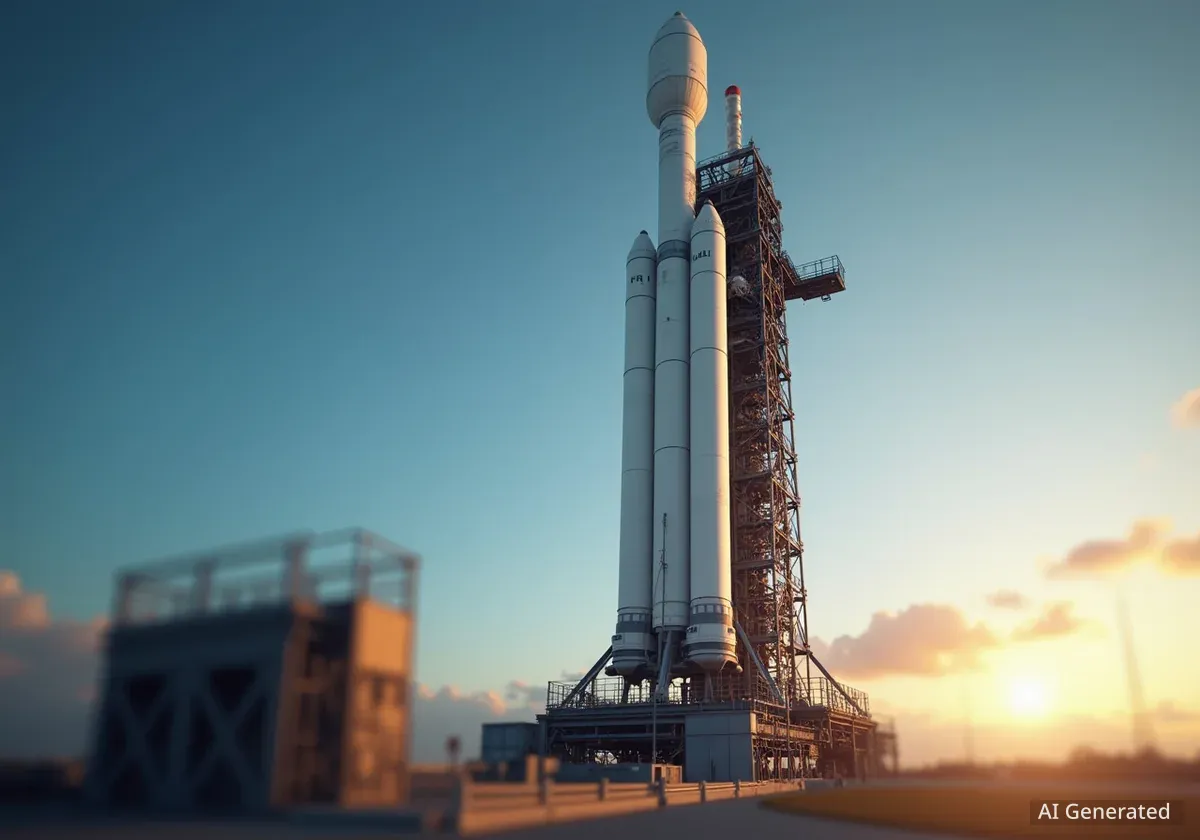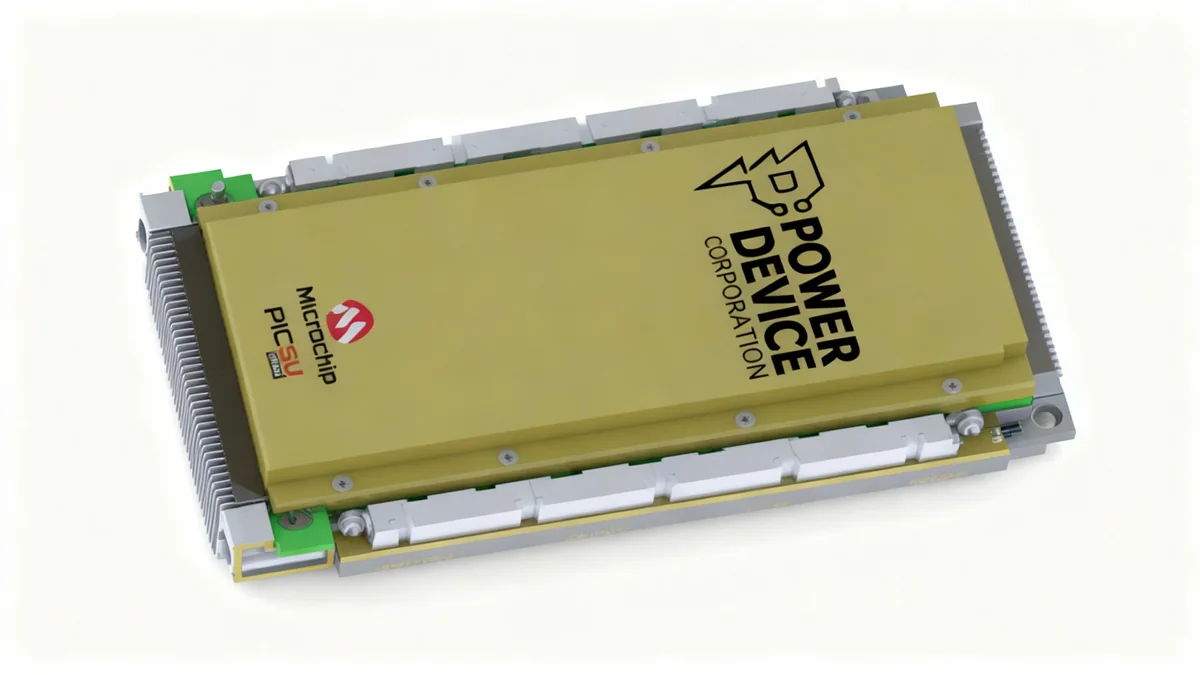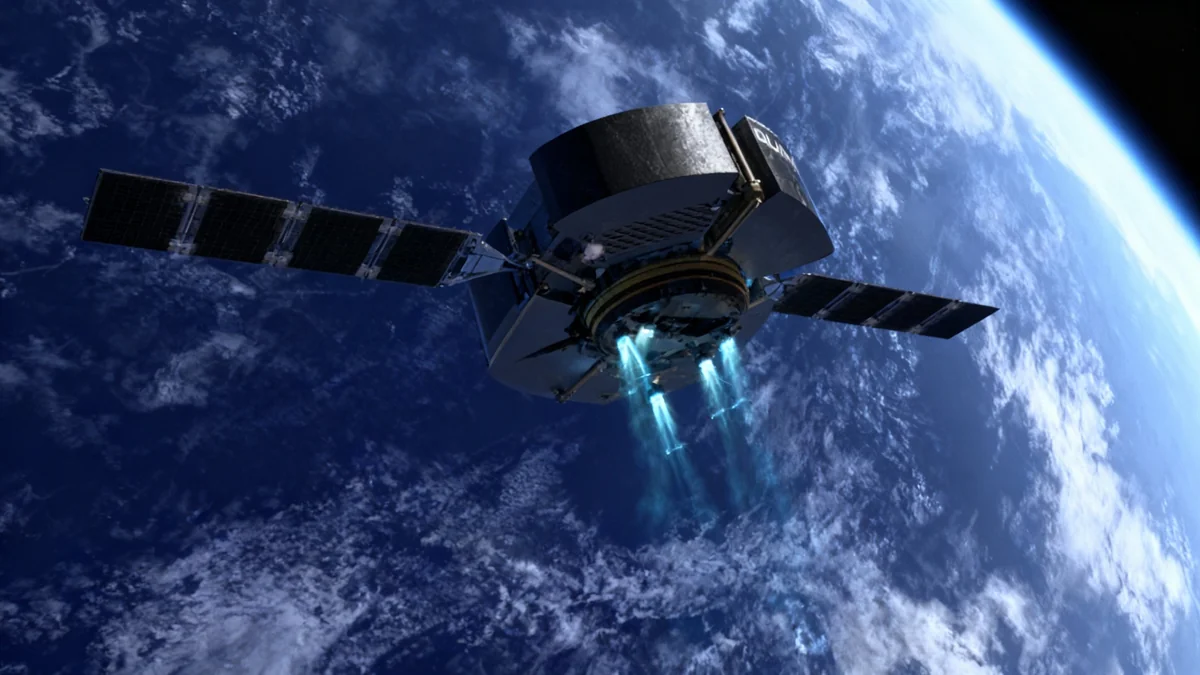Chinese commercial space company CAS Space is preparing for the inaugural launch of its new Kinetica 2 liquid-propellant rocket. The mission, expected as soon as next month, represents a significant step for the firm as it enters a competitive domestic market for orbital launch services.
The rocket is scheduled to launch from the Jiuquan Satellite Launch Center in northwest China. Its primary payload will be a prototype cargo spacecraft designed to potentially service the Tiangong space station, signaling the company's ambition to support China's national space program.
Key Takeaways
- CAS Space is set to launch its first liquid-propellant rocket, the Kinetica 2, from Jiuquan.
- The rocket will carry a prototype cargo spacecraft, Qingzhou, intended for low-cost transportation to the Tiangong space station.
- The Kinetica 2 can lift up to 12,000 kg to low Earth orbit and is designed for future reusability.
- The company also plans six sea-based launches for its smaller Kinetica 1 solid rocket and aims to start suborbital tourism services in 2028.
Kinetica 2 Inaugural Flight Preparations
CAS Space has completed major development milestones for its Kinetica 2 rocket, positioning it for an imminent debut. The company, a commercial spinoff from the state-run Chinese Academy of Sciences, has finished critical hot-fire tests of the rocket's first stage in recent months.
According to Liu Weipeng, the international marketing manager for CAS Space, the vehicle is now awaiting final reviews and launch clearance from spaceport authorities. The launch is anticipated to occur following the Shenzhou 21 crewed mission to the Tiangong space station, which is planned for late October.
A Step Up from Solid Fuel
The Kinetica 2 marks a significant technological advancement for CAS Space. Its previous rocket, the Kinetica 1 (also known as Lijian 1), uses solid propellants, which are generally simpler but less powerful and less controllable than liquid-fueled systems. The move to liquid propellants is essential for competing in the heavy-lift launch market.
Technical Specifications and Capabilities
The Kinetica 2 is a medium-to-heavy lift launch vehicle that uses a combination of kerosene and liquid oxygen as propellant. It features a design with three core first stages bundled together, similar to other heavy-lift rockets.
The rocket is designed to be highly capable, with the ability to carry substantial payloads to different orbits.
- Low Earth Orbit (LEO): 26,450 pounds (12,000 kilograms)
- Sun-Synchronous Orbit (SSO): 17,200 pounds (7,800 kilograms)
CAS Space has also confirmed that the Kinetica 2's first stage is being developed with reusability in mind, a key feature for reducing launch costs and increasing flight frequency in the modern space industry.
Supporting China's Space Station Ambitions
The primary payload for the Kinetica 2's first flight is a prototype of the Qingzhou cargo spacecraft. This uncrewed vehicle was developed by the Innovation Academy for Microsatellites of the Chinese Academy of Sciences (IAMCAS).
This mission aligns with a call from China's human spaceflight agency for a low-cost cargo transportation system to resupply the Tiangong space station. A successful flight would position CAS Space as a potential commercial partner for China's national space activities.
A Crowded Commercial Field
CAS Space is entering a rapidly growing commercial space sector in China. It faces strong competition from several other private companies, including Landspace, iSpace, Space Pioneer, and Galactic Energy, all of which are developing their own new launch vehicles.
With its powerful new rocket, CAS Space aims to secure contracts for launching satellites for China's planned satellite megaconstellations in addition to providing cargo services for Tiangong. "We're very confident," Liu Weipeng stated regarding the company's prospects.
Expanding Operations with Sea Launches and Tourism
Beyond the development of the Kinetica 2, CAS Space is actively expanding its launch operations and exploring new markets like space tourism.
Maritime Launch Missions
The company plans to conduct six missions using its smaller, solid-fueled Kinetica 1 rocket from a mobile sea platform. "We'll have six Kinetica 1 missions launching from the East China Sea," Liu confirmed.
These launches will be supported by the Eastern Maritime Spaceport, located off the coast of Shandong province. This move to sea launches provides greater flexibility in launch trajectories and helps avoid flying over populated areas. According to Liu, members of the Kinetica 1 team previously worked on the Long March 11 rocket, which was the first Chinese launcher to conduct a sea-based mission in 2019.
Suborbital Space Tourism
CAS Space is also making progress on its plans for suborbital space tourism. The company is developing its Lihong 2 vehicle to carry passengers on short trips to the edge of space.
"We have a detailed plan. So the vehicle will initially be ready by 2027, with commercial services to start in 2028," Liu explained.
The company tested its Kinecore engine for the suborbital rocket in June and is planning a test flight of the crew capsule soon. This test will also carry microgravity experiments. "We'll have more news by the end of the year," Liu added. This timeline places CAS Space on a path to become one of the first Chinese companies to offer commercial space tourism flights.





